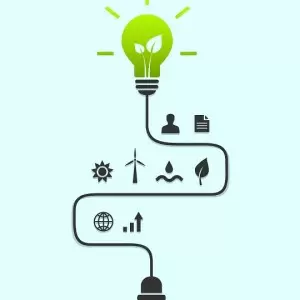Non Conventional Energy Sources Notes Pdf

Non-Conventional Energy Systems, NCES Study Materials, Engineering Class handwritten notes, exam notes, previous year questions, PDF free download LectureNotes.in works best with JavaScript, Update your browser or enable Javascript.
Over the time it has been ranked as high as 2 406 987 in the world, while most of its traffic comes from Russian Federation, where it reached as high as 76 250 position. Shablon na kruhu full. Shablon.cc is tracked by us since August, 2018. Shablon has the lowest Google pagerank and bad results in terms of Yandex topical citation index. It was hosted by TANGRAM RUS LLC.
UPSC IAS EXAMS Syllabus IAS Preliminary Examination CSAT Paper – 1 (GS) Every Aspirant needs Syllabus for the reputed IAS exam. You should download and read the syllabus very carefully and start your preparations accordingly. IAS Exam has two compulsory papers with MCQ Questions of 200 marks each. There is no Official Cut-off, and you must quality in both the papers.
Paper I – (200 marks) Duration: Two hours • Current events of national and international importance. • History of India and Indian National Movement. • Indian and World Geography – Physical, Social, Economic Geography of India and the World.
• Indian Polity and Governance – Constitution, Political System, Panchayati Raj, Public Policy, Rights Issues, etc. • Economic and Social Development -Sustainable Development, Poverty, Inclusion, Demographics, Social Sector initiatives, etc. • General issues on Environmental Ecology, Bio-diversity and Climate Change – that do not require subject specialisation • General Science. IAS Preliminary Examination CSAT Paper – 2 (APTITUDE) Paper II- (200 marks) Duration: Two hours • Comprehension • Interpersonal skills including communication skills; • Logical reasoning and analytical ability • Decision-making and problem solving • General mental ability • Basic numeracy (numbers and their relations, orders of magnitude, etc.) (Class X level), Data interpretation (charts, graphs, tables, data sufficiency etc. – Class X level) • English Language Comprehension skills (Class X level). IAS Main Exam Syllabus.

Renewable energy sources are sources that are continuously replenished by natural processes. For example, solar energy, wind energy, bio-energy - bio-fuels grown sustainabl y, hydropower etc., are some of the examples of renewable energy sources. A renewable energy system converts the energy found in sunlight, wind, falling-water, seawaves, geothermal heat, or biomass into a form, we can use such as heat or electricity. Most of the renewable energy comes either directly or indirectly from sun and wind and can never be exhausted, and therefore they are called renewable. Solar: India receives solar energy in the region of 5 to 7 kWh/m2 for 300 to 330 days in a year. This energy is sufficient to set up 20 MW solar power plant per square kilometre land area. Wind Energy: India has been rated as one of the most promising countries for wind power development, with an estimated potential of 20,000 MW.
Biomass fuels account for about one-third of the total fuel used in the country. It is the most important fuel used in over 90% of the rural households and about 15% of the urban households.
Using only local resources, namely cattle waste and other organic wastes, energy and manure are derived. Thus the biogas plants are the cheap sources of energy in rural areas Cogeneration: Cogeneration improves viability and profitabilit y of sugar industries.